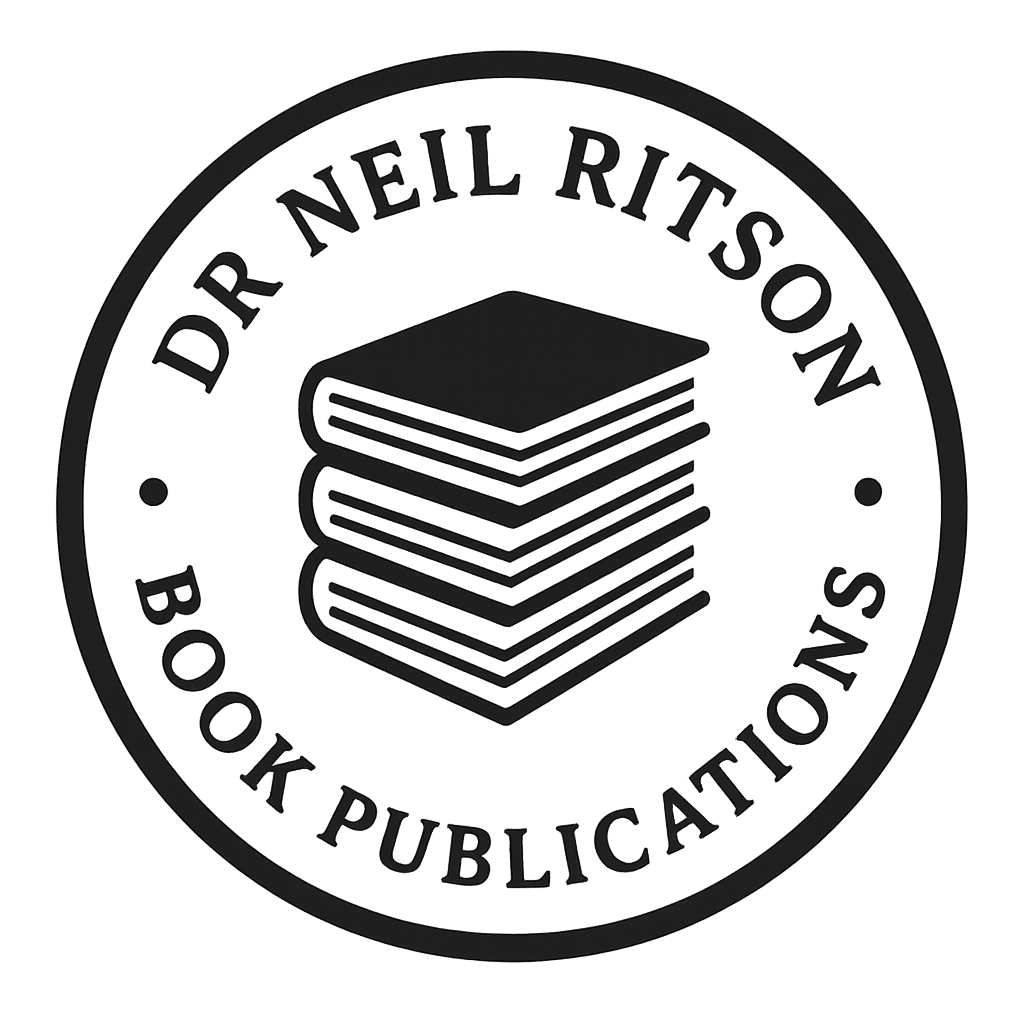Your basket is currently empty!
HR Myths: Real-World Solutions that Improve Culture
In This Article
- HR myths hinder growth and misrepresent the function’s strategic impact.
- Organisations must invest in transparent, data-driven HR systems for effectiveness.
- Flexible work and aligned training improve both morale and business outcomes.
- HR must guide innovation and culture, fostering engagement and creativity.
- Real-world case studies prove HR’s potential to drive measurable success.
Understanding the Most Common HR Myths
Separating Fact from Fiction in HR Assumptions
Many organisations, regardless of size or sector, continue to operate under long-standing HR myths that significantly skew how businesses strategise and manage their people. These misconceptions not only hinder progress but may also contribute to employee dissatisfaction, compliance issues, and poor talent retention. From the belief that HR is solely an administrative department to the idea that remote work leads to reduced productivity, these myths are more prevalent than you’d expect. To drive performance in today’s dynamic workplace, it is essential to challenge these assumptions and understand the evidence that contradicts them. Dispelling HR myths isn’t just about updating policies—it’s about transforming organisational culture to embrace adaptability, transparency, and growth.

Why HR Myths Persist in Modern Organizations
The Root Causes of Misconceptions
Despite technological advancements and an evolving understanding of employee well-being, HR myths persist partly due to outdated business practices and leadership mindsets. Many of these falsehoods stem from anecdotal experiences, lack of HR education at the executive level, and portrayals of HR in popular media. Furthermore, the reactive nature some organisations have regarding HR—where it is only consulted during crises—serves to reinforce the myth that it is a non-strategic function. The delegation of people operations solely to HR also absolves other leaders from taking accountability in employee engagement and development. Until organisations commit to viewing HR as an integrated function that drives measurable value, the same myths will continue to fuel inefficiencies and misunderstandings.
“Many HR myths arise not from malice, but from a failure to keep up with the evolving world of work.”
The Strategic Role of HR in Business Success
Transforming organisational performance requires more than sound financial planning—it hinges on an aligned and engaged workforce. That’s where strategic HR comes in. Far from merely hiring and firing, HR professionals today are instrumental in shaping high-impact business strategies. Whether it is forecasting future workforce needs, designing equitable compensation structures, or facilitating leadership development, modern HR functions sit at the crossroads of talent and business objectives.
Companies that leverage HR as a strategic partner experience improved employee engagement, reduced turnover, and increased operational resilience. For example, HR analytics empower leaders to make data-driven decisions about team structures and workforce planning. Additionally, HR’s involvement in C-suite discussions ensures that people-related risks and opportunities are factored into every major company decision. Ultimately, HR’s strategic role is not optional but foundational to long-term business success. Learn more about HR Myths and Organizational Solutions
Effective Talent Management Solutions
One of the most damaging HR myths is that talent management is restricted to recruitment and onboarding. In truth, an effective talent strategy spans the entire employee lifecycle—from attracting the right candidates to developing future leaders within the business. Clear succession plans, continuous feedback mechanisms, and personalised employee development plans are all critical to retaining top performers.
To foster a proactive approach, modern talent management must integrate technologies such as AI-driven assessments, predictive analytics, and performance dashboards. These tools aid in identifying high-potential employees, addressing skill gaps, and enabling targeted learning. Talent development is not a one-off event but a continuous process fuelled by data, dialogue, and direction. Empowering employees to take ownership of their career paths enhances morale and loyalty, thereby supporting workforce continuity and innovation.
Creating a Culture of Innovation Through HR
Another persistent HR myth is that culture is outside HR’s remit. In reality, HR plays a central role in cultivating environments that foster creativity, inclusivity, and experimentation. Through the deployment of cross-functional collaboration policies, flexible work structures, and recognition programmes, HR leaders can break down organisational silos and promote innovation from the inside out.
Moreover, HR’s role in embedding diversity and inclusion into hiring and daily workplace norms adds layers of perspective and creativity essential for competitive differentiation. When HR prioritises open communication, psychological safety, and access to ideation platforms, employees are more likely to propose novel solutions without fear of failure. This continuous innovation cycle not only improves employee engagement but also solidifies the company’s market position as forward-thinking.
Training Programs that Align with Business Goals
Another damaging HR myth suggests that workplace training is a tick-box exercise with little ROI. However, when properly aligned with strategic goals, training becomes a lever for business agility and revenue growth. HR departments must ensure that learning and development (L&D) initiatives are role-specific, timely, and measurable.
For instance, training programmes focused on emotional intelligence and leadership agility are pivotal in sectors facing rapid disruption. Additionally, microlearning platforms enable employees to upskill in bite-sized, digestible formats, reducing downtime and improving retention. By aligning L&D with real-time performance metrics and KPIs, HR leaders move beyond compliance and contribute directly to business outcomes. 18 HR Myths and Stereotypes (and How to Debunk Them)
The Importance of Flexible Work Policies
One of the most common HR myths is that productivity suffers without close physical supervision. However, post-pandemic studies across the UK and Europe have confirmed that flexible work arrangements—be it hybrid or fully remote—often enhance both productivity and employee well-being.
HR leaders must champion flexible frameworks that consider diverse team needs while retaining accountability. This includes investing in collaborative digital infrastructure, setting clear performance expectations, and allowing for asynchronous work timings when feasible. Furthermore, flexibility enhances inclusivity by providing opportunities for caregivers, people with disabilities, and global talent pools to contribute meaningfully without relocating.
When implemented properly, flexible policies reduce burnout, improve retention, and signal a forward-thinking employer brand, positioning organisations as top contenders in the competitive hunt for talent.
Debunking HR Myths with Data
Perhaps the most powerful tool in dismantling HR myths is hard data. The era of gut-feel HR is over. Today, predictive analytics, KPI dashboards, and sentiment analysis help leaders make informed decisions about hiring, engagement, and succession planning. HR departments that embrace data are better able to advocate for resources, demonstrate programme ROI, and proactively address workplace issues.
For instance, correlating exit interview trends with managerial behaviour can uncover systemic issues requiring intervention. Similarly, pulse surveys provide real-time insight into employee morale, helping HR adjust strategies rapidly. By using empirical evidence rather than assumptions, HR can build credibility with leadership teams and drive strategic innovation. Read a related article
Real-World Examples of HR Driving Performance
To bring these insights to life, consider multinational companies like Unilever and AstraZeneca, where HR has spearheaded initiatives that directly improved business outcomes. At Unilever, the introduction of purpose-led leadership frameworks by HR led to measurable increases in employee satisfaction scores and brand value. AstraZeneca’s HR function championed a robust flexible work policy, which contributed to 20% gains in productivity in selected divisions.
In the SME space, local British firms have also successfully leveraged HR strategies to reposition themselves post-Brexit. These successes stem from HR teams that align people strategies with organisational vision, underpinned by data and cultural intelligence. These real-world examples dismantle the lingering HR myths that prevent businesses from seeing HR as a value-adding function.
Building Trust Through Transparent HR Practices
Transparency is the antidote to many of the myths and misconceptions plaguing HR. When organisations maintain open dialogue around HR policies, performance frameworks, and grievance processes, trust inevitably grows. HR teams that prioritise communication, fairness, and accessibility are better positioned to foster inclusive cultures where accountability thrives.
Furthermore, transparent pay practices, promotion criteria, and feedback loops reduce tensions and mitigate unconscious biases. In a world where employer reputation is just a Google search away, transparent HR practices can significantly enhance employer branding and attract top-tier talent. In short, transparency isn’t just ethical—it’s strategic.
Final Thoughts on Overcoming Organizational Myths
Challenging entrenched HR myths is not simply a matter of rewriting internal memos—it is a cultural transformation that starts with leadership buy-in and propagates through holistic HR practices. Modern HR is data-driven, proactive, and undeniably strategic. By debunking outdated myths, champions of human resources empower their organisations to thrive in the evolving world of work.
Whether you are a senior executive, HR professional, or employee looking to effect change, recognising the truth behind these myths is your first step toward creating a thriving, agile and inclusive workplace.
Great guide on real-world-hr-solutions-to-common-organizational-myths – Community Feedback
What are some common myths about HR?
Common myths include believing HR only handles hiring and firing, that HR has little influence on business strategy, and that HR merely enforces rules. In reality, HR plays a strategic role in shaping organizational culture, improving performance, and driving change.
How can HR improve organizational performance?
HR can improve performance through talent management, fostering positive workplace culture, implementing effective training programs, and streamlining policies to align with organizational goals.
What are real-world examples of effective HR solutions?
Examples include implementing mentorship initiatives to improve retention, offering flexible work arrangements to boost employee satisfaction, and using data-driven approaches for talent acquisition.

